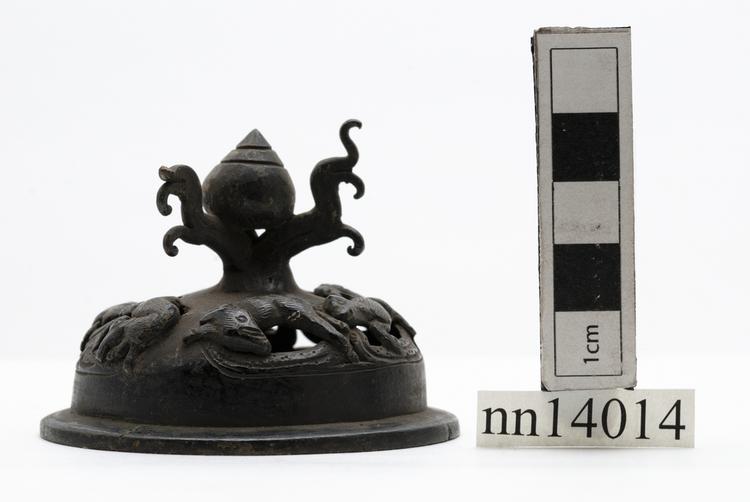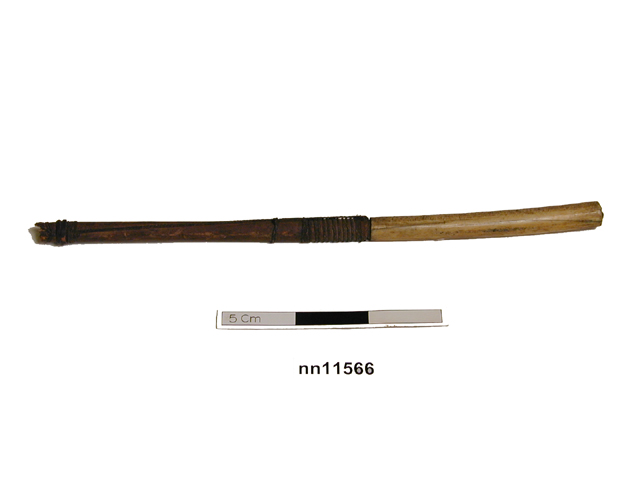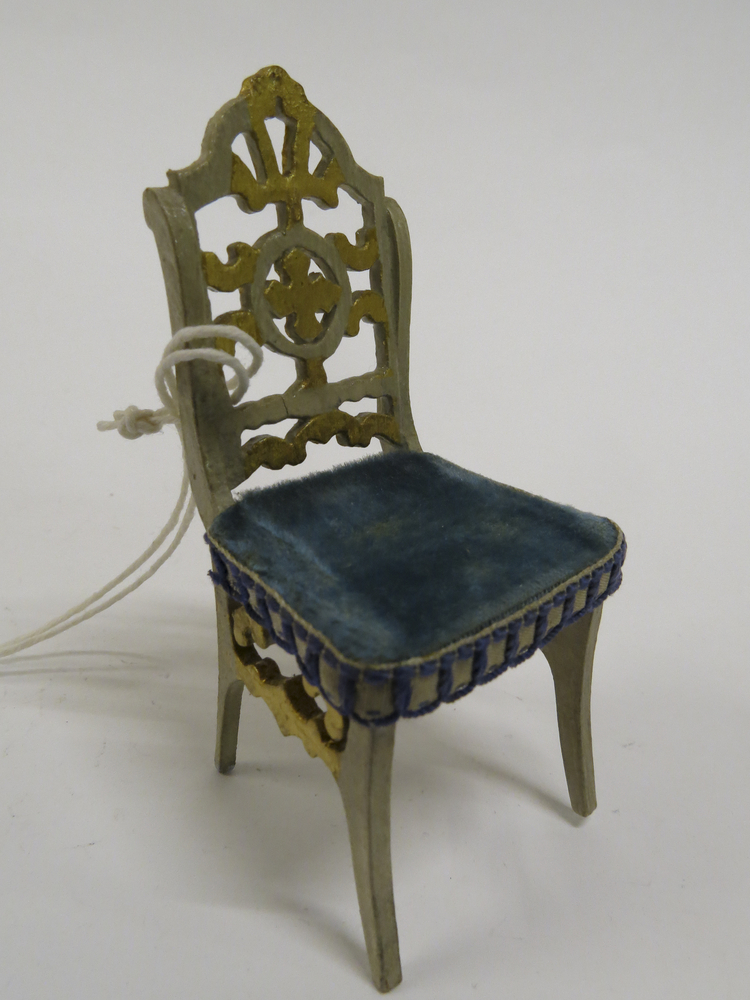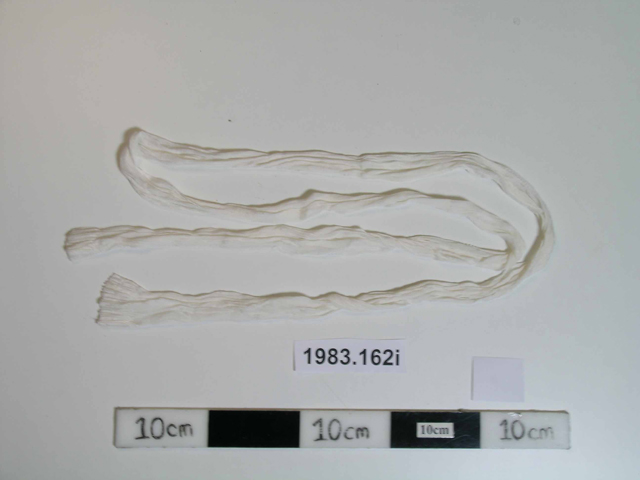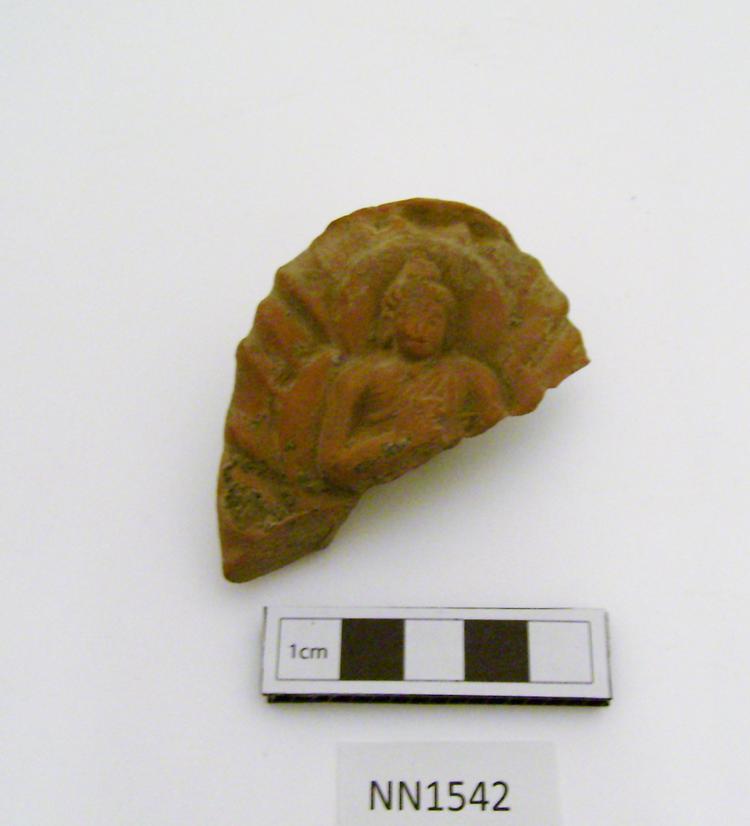
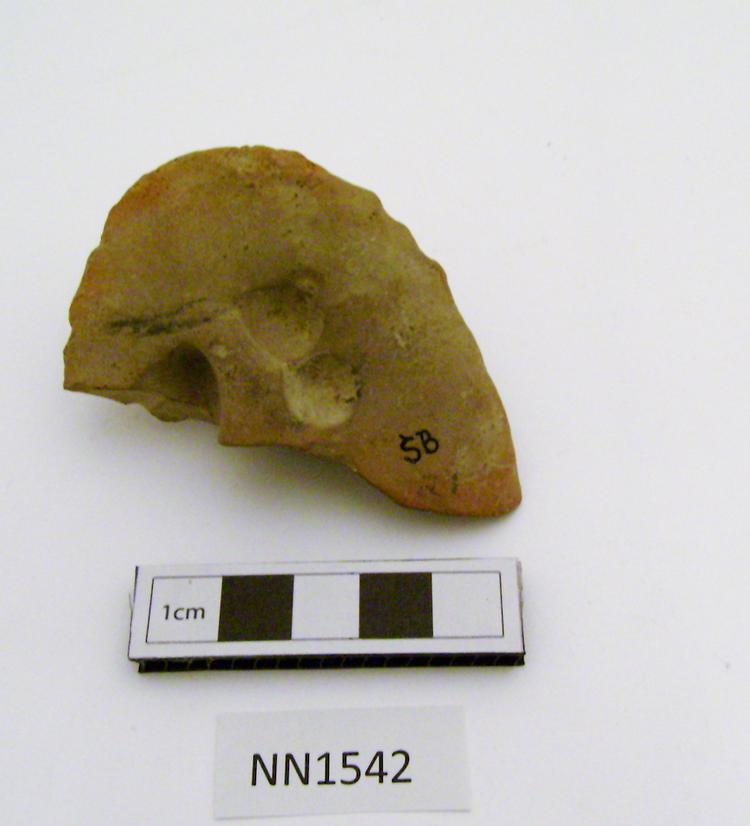
Terracotta figure - possible upper section of god or Buddha. From North West Frontier of India.
Part of a small flat, originally oval plaque in fine red terracotta with flat back, depicting a seated Buddha figure, his now lost right hand raised possibly in abhaya mudra, a gesture of peace giving. His pleated robe leaves his right shoulder uncovered. The whole image of the Buddha appears to be seated on a throne, with a prominent halo behind the head. At the sides emanate a series of deeply incised rays, possibly depicting one of the aspects of the 'Great Miracle of Śrāvastï', where the Buddha showed himself to local religious folk, with water emanating from his feet and flames from his sides and shoulders. The flat back bears what may be finger tip impressions, made when the image was first impressed in the mould. This object is a portable votive item for use by worshippers probably in domestic situations. Marked on the reverse in black ink with 'SB' (probably Sari Bahlol, Mardan District, Khyber Paktunkhwa, Pakistan) and in pencil with the number '21'. Archaeological context: presumably unstratified and from a surface collection. Early Historic Period 1st or 2nd century. Given by Col D H Gordon (1952/3).



